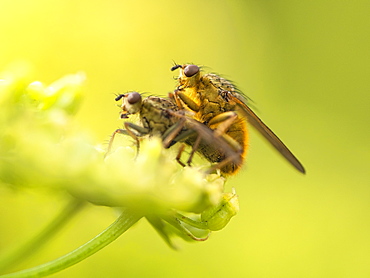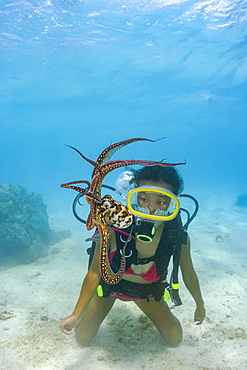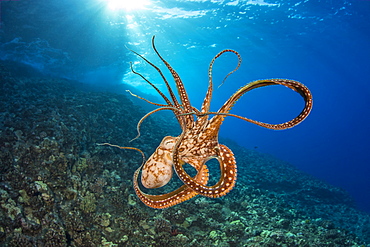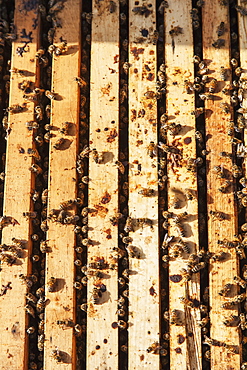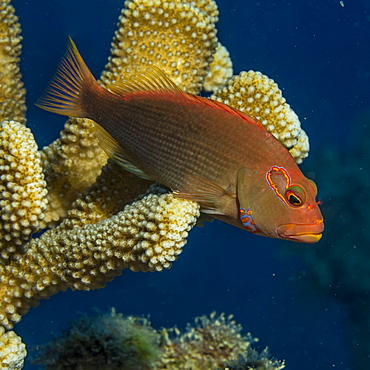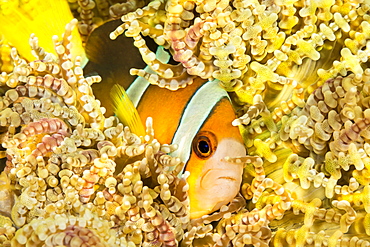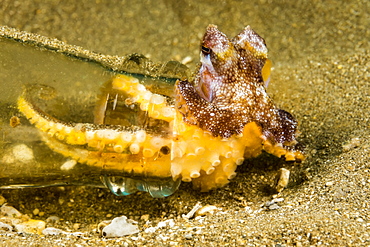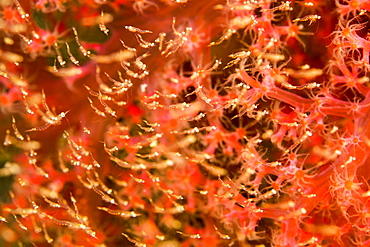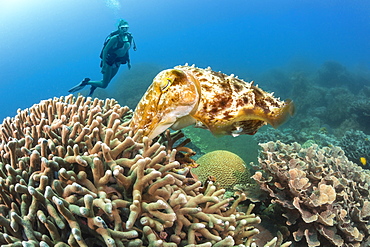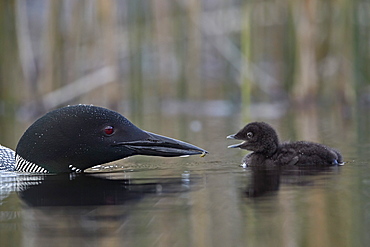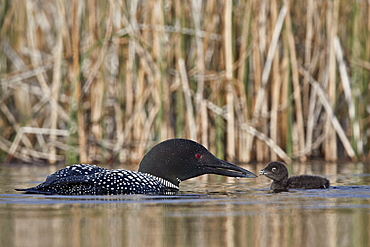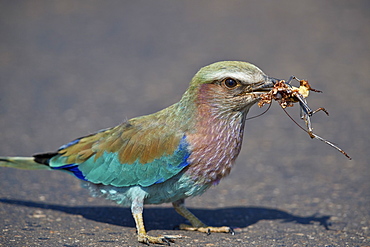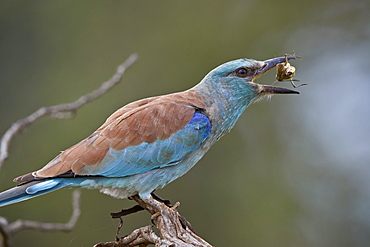Recent searches
Loading...
1116-49675 - Chambered nautilus (Nautilus pompilius) and divers, Palau, Micronesia
1116-49658 - Split view with a coral reef below the water's surface and palm trees covering the island above, Fiji
1116-50045 - Colourful yellow Crinoid feeding surrounded by red hard coral; Fiji
1112-5893 - Young brown bear (Ursus arctos), foraging for invertebrates at low tide in Glacier Bay National Park, Alaska, United States of America, North America
1240-353 - Elephant Hawkmoth, County Clare, Munster, Republic of Ireland, Europe
1240-352 - White Ermine moth, County Clare, Munster, Republic of Ireland, Europe
1240-382 - Common Carder Bee, County Clare, Munster, Republic of Ireland, Europe
1240-354 - Elephant Hawkmoth, County Clare, Munster, Republic of Ireland, Europe
1240-381 - Yellow Dung Fly, County Clare, Munster, Republic of Ireland, Europe
1240-356 - Common Carder Bee, County Clare, Munster, Republic of Ireland, Europe
1311-228 - Macro photo of a Wheeler's Thistle Flower native to Arizona, United States of America, North America
1116-46836 - The larval stage of a tube anemone (Cerianthus sp), likely around 30 days old at this point, will settle on the bottom at approximately 100 days. Photographed at night one mile off the island of Yap, Yap, Federated States of Micronesia
1116-47090 - A Hawaiian Sea Creature, Halloween Hermit Crab (Ciliopagurus Strigatus) On The Sandy Beach, Honolulu, Oahu, Hawaii, United States Of America
1116-47225 - Bee On Sunflower, Caldeon, Ontario, Canada
1116-46973 - View Inside Coral, Anda, Bohol, Central Visayas, Philippines
1116-46832 - Gymnosome pteropod (Hydromyles globulosa), a shell-less, planktonic mollusk sometimes called the sea butterfly, Bali, Indonesia
1116-46822 - Cautious and curious at the same time, a diver gets a good look at a day octopus (Octopus cyanea), Rarotonga, Cook Islands
1116-46826 - Day octopus (Octopus cyanea) in mid-water, Hawaii, United States of America
1116-46427 - A School Of Hawaiian Dascyllus (Dascyllus Albisella), A Hawaiian Endemic Fish, Over A Bleached Antler Coral (Pocillopora Eydouxi) Off The Kona Coast, Kona, Island Of Hawaii, Hawaii, United States Of America
1116-46542 - Banded Sea Urchin (Echinothrix Calamaris) On A Sandy Bottom Off The Kona Coast, Kona, Island Of Hawaii, Hawaii, United States Of America
1116-46539 - Jellyfish (Pelagia Noctiluca) With Fish Prey Photographed During A Blackwater Scuba Dive Several Miles Offshore Of A Hawaiian Island At Night, Hawaii, United States Of America
860-288230 - Lightfoot crab (Grapsus adscensionis) in the intertidal. Marine invertebrates of the Canary Islands, Tenerife.
860-288231 - Swimming crab (Cronius ruber). Newly cited species in the Canary Islands (2015). Due to its large number of observations it is considered invasive. Marine invertebrates of the Canary Islands, Tenerife.
1116-43393 - Flies On Highland Cattle, Kananaskis Country, Alberta, Canada
1116-43024 - Busy Honey Bees In A Langstroth Hive Box, Toronto, Ontario, Canada
1116-43113 - Sea Nettle Swims At The Oregon Coast Aquarium, Newport, Oregon, United States Of America
1116-43023 - Busy Honey Bees In A Langstroth Hive Box, Toronto, Ontario, Canada
1174-6402 - High angle view of hands at seafood dinner, Seattle, Washington, USA
1311-17 - A Texas Roadside Skipper feeding on a wildflower in Arizona, United States of America, North America
1109-3538 - Flatid Leaf-Bug (leafhopper) (Phromnia rosea) nymphs, Anja Community Reserve, Haute Matsiatra Region, Madagascar, Africa
1245-1340 - Marine iguana and Sally Lightfoot crab, Punta Suarez, Espanola (Hood) Island, Galapagos, UNESCO World Heritage Site, Ecuador, South America
1245-1328 - Sally Lightfoot crab (Grapsus grapsus), Floreana (Charles) Island, Galapagos, UNESCO World Heritage Site, Ecuador, South America
1245-1319 - Sally Lightfoot crab (Grapsus grapsus), Sullivan Bay, Santiago (James) Island, Galapagos, UNESCO World Heritage Site, Ecuador, South America
1245-1318 - Sally Lightfoot crab (Grapsus grapsus), Sullivan Bay, Santiago (James) Island, Galapagos, UNESCO World Heritage Site, Ecuador, South America
1245-1279 - Sally Lightfoot Crabs (Grapsus grapsus), Bachas Beach, Santa Cruz (Indefatigable) Island, Galapagos, UNESCO World Heritage Site, Ecuador, South America
1116-41498 - Cautious and curious at the same time, this day octopus (Octopus cyanea) keeps a close eye on the diver, Hawaii, United States of America
1116-39715 - Clark's anemonefish (Amphiprion clarkii) in sea anemone (Entacmaea quadricolor), Philippines
1116-39717 - This Common Scorpionfish (Scorpaenopsis oxycephala) is perched on the mantle rim of a Giant Tridacna Clam (Tridacna gigas). It's venomous spines can inflict a painful wound, Philippines
1116-39709 - The Hawaiian Swimming Crab (Charybdis hawaiensis) adult is about 3 inches across it's carapace, Hawaii, United States of America
1116-39726 - The Bubble Coral Shrimp (Vir philippinensis) is found only on this species of coral, Pleurogyra sinuosa. The brown oval objects are actually Acoel Flatworms (Waminoa sp) that feed on nutrients trapped in mucus covering the coral, Philippines
1116-39712 - A transparent shrimp, Periclemenes sp, on an anemone (Heteractis magnifica). Some are so clear the only thing visible is the black of their eyes, Tubbataha Reef, Philippines
1116-39732 - This species of coral hermit crab (Paguritta sp) is well known, but still awaiting a name from biologists. It lives in a hole in hard coral and traps passing plankton in it's feathery antennae, Yap, Micronesia
1116-39948 - This soft coral crab or candy crab (Hoplophrys oatesii), is wearing a decoration of soft coral polyps on top of head as camouflage, Dumaguete, Philippines
1116-39942 - The dragon shrimp (Miropandalus hardingi) on whip coral, is also known as a gorgonian sandaled shrimp, Philippines
1116-39723 - Yellow pygmy seahorse (Hippocampus bargibanti), also known as Bargibant's Pygmy Seahorse, camouflaged in coral. They are found from Southern tropical Japan, throughout the Philippines, Indonesia, east to Palau, Papua New Guinea, Solomon Islands, Fiji, Van
1116-39943 - Skeleton shrimp (Caprellide sp.) clinging to a sponge, Dumaguete, Philippines
1116-39945 - Anemone shrimp, Ancylomenes sarasvati, previously known as Periclemenes sarasvati, Dumaguete, Philippines
1116-39724 - A Harlequin Shrimp (Hymenocera elegans) holding part of a blue seastar (Linkia laevigata) which it will feed on, Philippines
1116-39714 - These two parasitic mollusks, Thyca crystallina, are growing on the host starfish, Linckia laevigata. This parasitic shell only attaches to this species of starfish, into which it burrows and sucks up nutrients, Philippines
1116-39939 - An Imperial commensal shrimp (Periclimenes imperator), photographed at night on the Spanish dancer nudibranch (Hexabranchus sanguineus), that it calls home, Philippines
1116-40058 - Arc-eye Hawkfish (Paracirrhites arcatus) resting on Antler Coral (Pocillopora eydouxi) off Kauai, Hawaii, during the spring, Kauai, Hawaii, United States of America
1116-39727 - Clark's anemonefish (Amphiprion clarkii) in Beaded Sea Anemone (Heteractis aurora), Philippines
1116-39728 - Detail of the center branching arms of a Crinoid or Feather Star (Lamprometra klunzingeri) open and feeding on plankton at night, Philippines
1116-39716 - The Hairy Squat Lobster (Lauria slagiani) is found alone, and in pairs, on the outside of barrel sponges belonging to the genus Xestospongia. They are tiny (one centimeter across) and difficult to find on the folds of the sponge, Philippines
1116-39725 - Mouth detail of a colourful and healthy Mushroom coral, Fungia fungites, that is growing on a tropical coral reef in the Philippines. Mushroom coral is unique in the coral world, in that it does not attach itself to the bottom, Philippines
1116-39729 - Both a Crinoid Commensal Shrimp (Periclimenes cornutus) and a Crinoid Squat Lobster (Allogalathea elegans) on a crinoid. These tiny crustaceans are commensal on crinoids or feather stars and take their color from the host, Philippines
1116-39733 - This Pink Anemonefish (Amphiprion perideraion) is in an anemone (Heteractis magnifica) that is bleaching from high ocean temperatures and heat stress, Yap, Micronesia
1116-39721 - Yellow pygmy seahorse (Hippocampus bargibanti), also known as Bargibant's Pygmy Seahorse. They are found from Southern tropical Japan, throughout the Philippines, Indonesia, east to Palau, Papua New Guinea, Solomon Islands, Fiji, Vanuatu and the Great Bar
1116-39735 - The strings hanging off the dorsal fin of this Great White Shark (Carcharodon carcharias) are parasitic copepods. Photographed just breaking the surface off Guadalupe Island, Mexico
1116-39718 - Male and female porcelain crabs (Neopetrolisthes maculatus) are commensal in sea anemones, Philippines
1116-39706 - This Short Armed Sand Octopus (Amphioctopus arenicola) has selected a beer bottle to live in. They are normally found in a small hole on a sandy bottom, not far from a reef and is endemic, Maui, Hawaii, United States of America
1116-39731 - This Pink Anemonefish (Amphiprion perideraion) is in an anemone (Heteractis magnifica) that is bleaching from high ocean temperatures and heat stress, Yap, Micronesia
1116-39940 - A close look at the eggs of a common anemonefish (Amphiprion perideraion) that is most often found associated with the anemone, Heteractis magnifica, Philippines.
1116-39953 - This hard coral colony in the Pacific has begun to bleach, expelling its symbiotic zooxanthellae, consequences of global climate change and climate warming, Yap, Micronesia
1116-39949 - Mysid shrimp of the order Mysidacea, mass together in front of alcyonarian soft coral, Dumaguete, Philippines
1116-39947 - A close look at the eggs of a common anemonefish (Amphiprion perideraion) that is most often found associated with the anemone, Heteractis magnifica, Philippines.
1116-39941 - Pygmy seahorse (Hippocampus bargibanti), also known as Bargibant's pygmy seahorse, Philippines
1116-39944 - Bug-eye Squat Lobster (Neomunida olivarae), also known as a colored squat lobster or the google-eyed fairy crab, Dumaguete, Philippines
1116-39954 - This pink anemonefish (Amphiprion perideraion), is in an anemone (Heteractis magnifica) that is bleaching from high ocean temperatures and heat stress, Yap, Micronesia
1116-39938 - Mouth detail of a colorful and healthy mushroom coral (Fungia fungites) that is growing on a tropical coral reef. Mushroom coral is unique in the coral world, in that it does not attach itself to the bottom, Philippines
1116-39951 - This common anemonefish (Amphiprion perideraion), is most often found associated with the anemone, Heteractis magnifica, as pictured here, Yap, Micronesia
1116-39999 - Diver viewing a female Broadclub cuttlefish (Sepia latimanus) pushing an egg into the finger coral where it will hatch in four to six weeks, Philippines
1247-80 - Street food of deep fried insects and bugs, Bangkok, Thailand, Southeast Asia, Asia
1247-81 - Street food of maggots and crickets, Bangkok, Thailand, Southeast Asia, Asia
741-5562 - Sally Lightfoot Crab (Grapsus grapsus), Floreana Island, Galapagos Islands, UNESCO World Heritage Site, Ecuador, South America
741-5584 - Sally Lightfoot Crab (Grapsus grapsus), Bachas beach, North Seymour Island, Galapagos Islands, UNESCO World Heritage Site, Ecuador, South America
741-5569 - Sally Lightfoot Crab (Grapsus grapsus), South Plaza Island, Galapagos Islands, UNESCO World Heritage Site, Ecuador, South America
764-6205 - Common Loon (Gavia immer) adult feeding a chick, Lac Le Jeune Provincial Park, British Columbia, Canada, North America
764-6201 - Common Loon (Gavia immer) adult feeding a chick, Lac Le Jeune Provincial Park, British Columbia, Canada, North America
764-6145 - Lilac-breasted Roller (Coracias caudata) with an insect carcass, Kruger National Park, South Africa, Africa
764-6120 - European Roller (Coracias garrulus) flipping a grasshopper, Kruger National Park, South Africa, Africa
1256-48 - Barred Owl (Strix varia) sitting on a tree, United States of America, North America
1116-39594 - Close-Up Of Fern Leaves Backlit With A Ladybug (Coccinella Magnifica); Calgary, Alberta, Canada
1112-3572 - An adult jabiru (Jabiru mycteria) eating a piranha at Pousado Rio Claro, Mato Grosso, Brazil, South America
764-5714 - White-fronted bee-eater (Merops bullockoides) with a dragonfly, Kruger National Park, South Africa, Africa
741-5276 - A little bee-eater (Merops pusillus) holding a cicada in its beack, Savuti, Chobe National Park, Botswana, Africa
746-68092 - Rhagonycha fulva, Common red soldier beetle
746-68167 - Musca autumnalis, face fly or autumn house-fly








